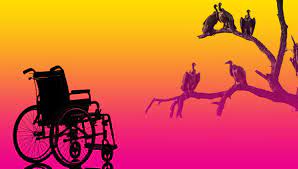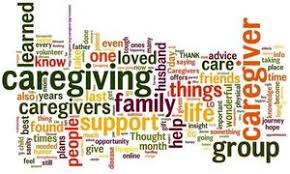Nuance Audio is a new option for people who resist traditional aids, from the company that makes Ray-Bans and operates LensCrafters.
Seekers of Meaning Podcast Posted Online March 7, 2025
What's Next Longevity Deal Talk Episode 32, January, 2025
Presentation: What's Next Longevity Venture Summit, June, 2025

 You may know someone of Medicare age with a phone? Since age data is widely available, and even
You may know someone of Medicare age with a phone? Since age data is widely available, and even  It's news -- 600 nursing homes closed so what’s the strategy to fix? Rant on. You may have read a
It's news -- 600 nursing homes closed so what’s the strategy to fix? Rant on. You may have read a  Caregiving and other demands of an aging population are gaining attention. In a University of Michigan national poll in November, 2022,
Caregiving and other demands of an aging population are gaining attention. In a University of Michigan national poll in November, 2022,  November was an interesting month in the technology industry. Big tech companies seem to be suffering from the lemming effect – if one conducts a wave of layoffs, the pressure is intense to shrink the
November was an interesting month in the technology industry. Big tech companies seem to be suffering from the lemming effect – if one conducts a wave of layoffs, the pressure is intense to shrink the